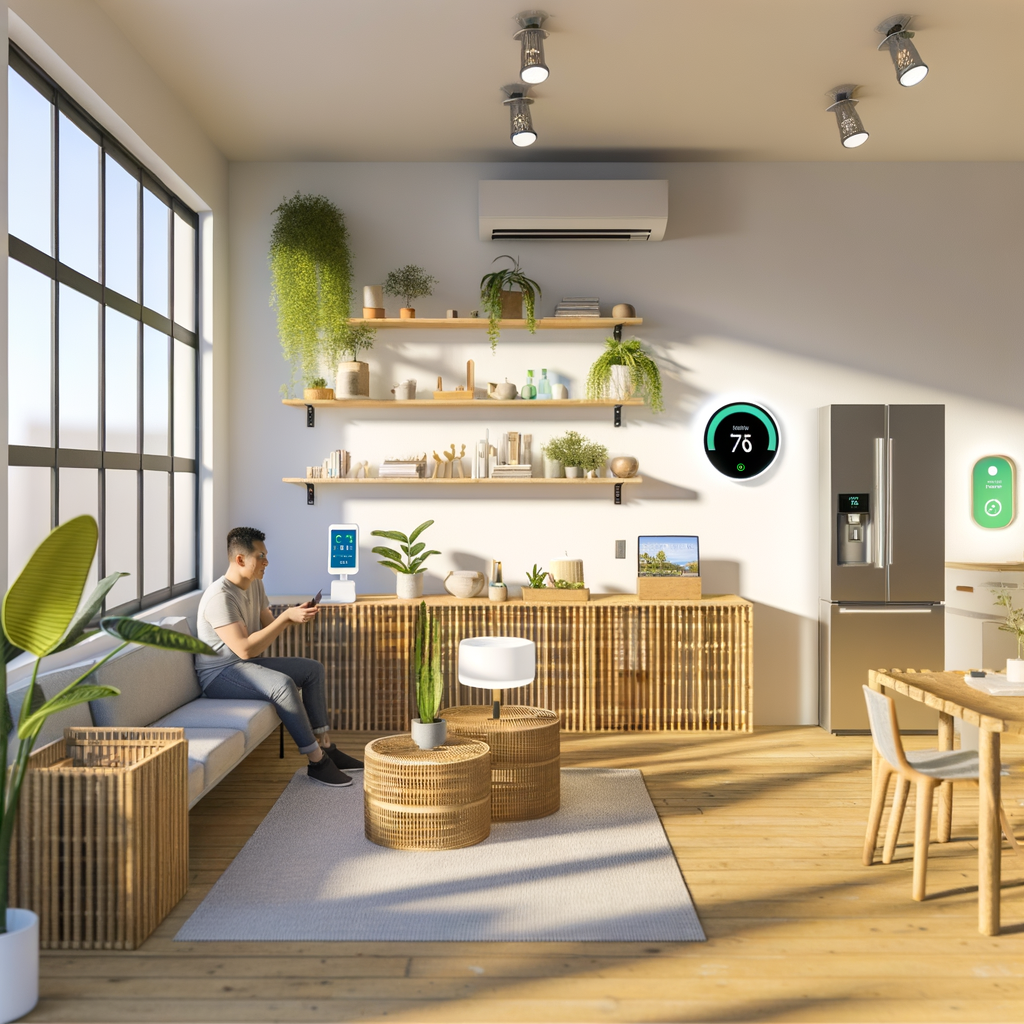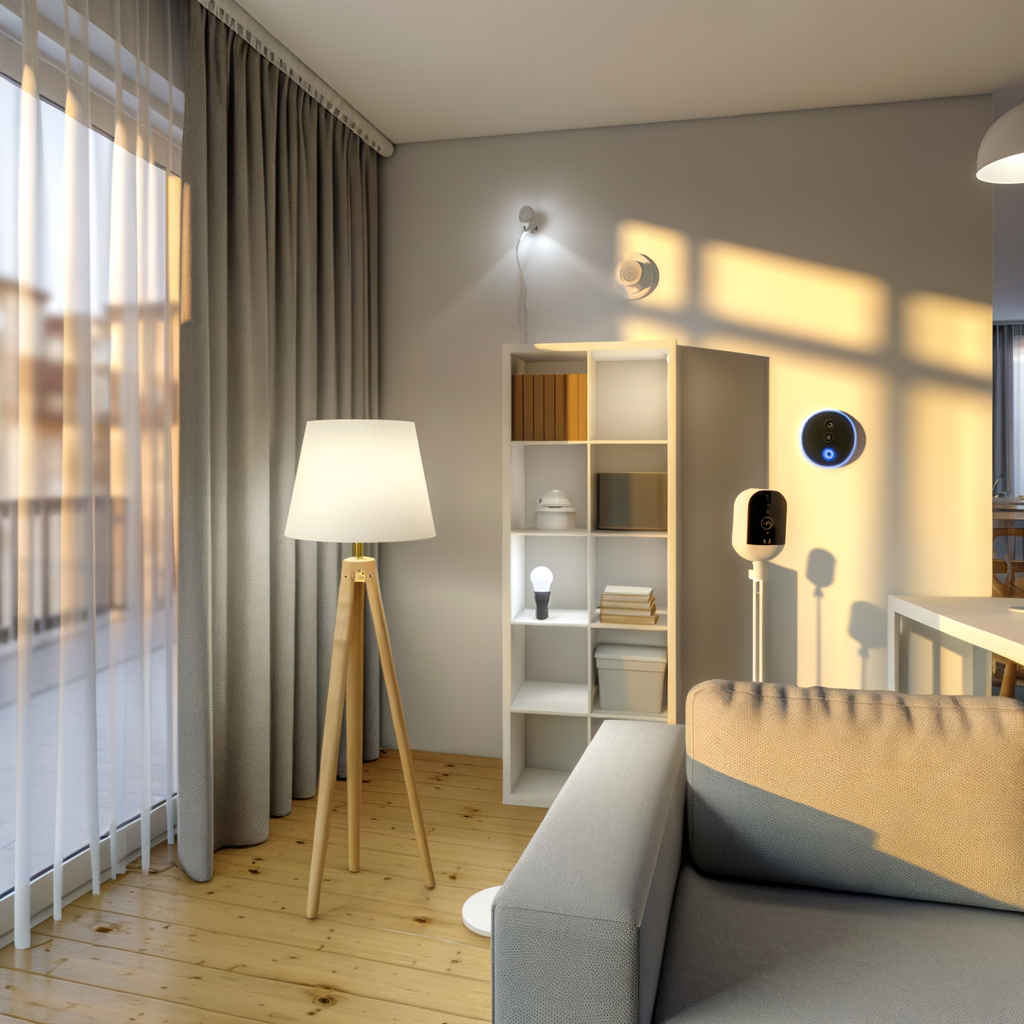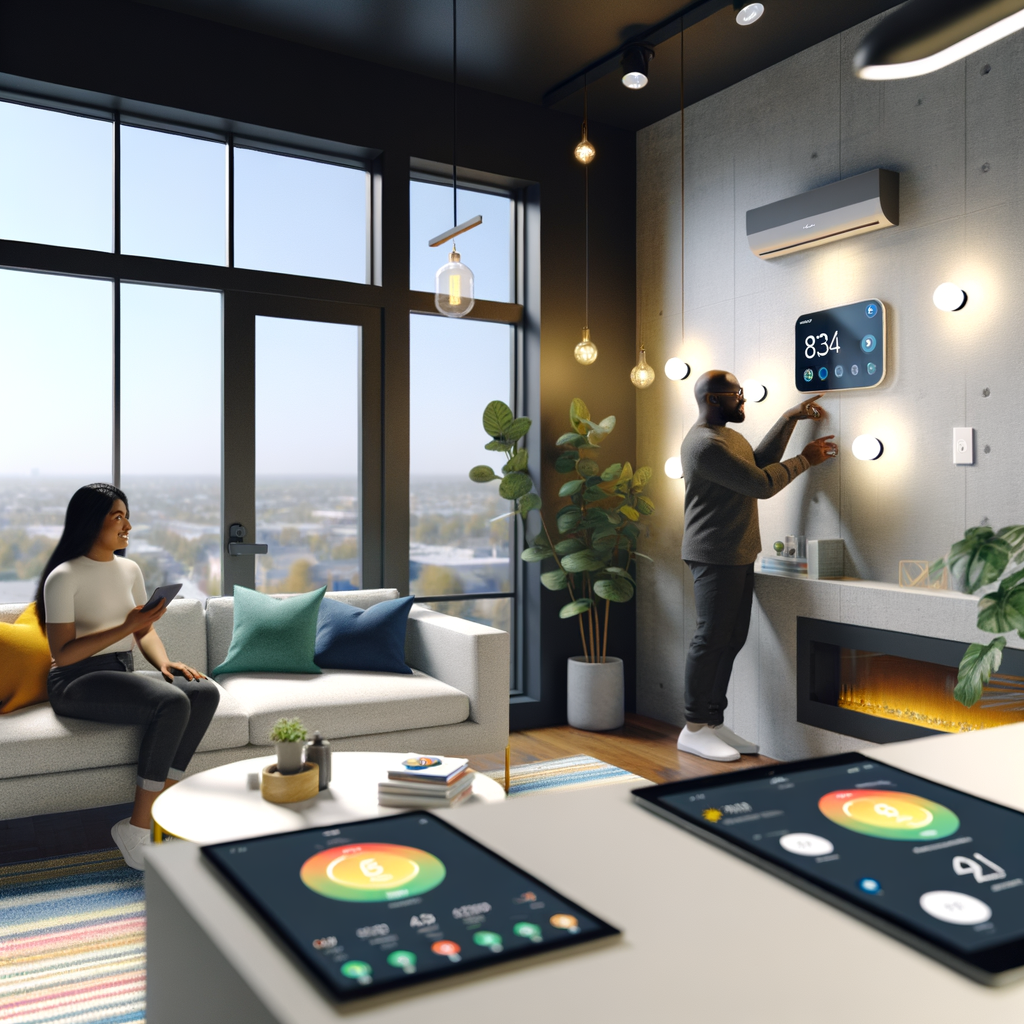Debunking the Top 5 Myths About Smart Home Tech for Eco-Conscious Renters
Smart home technology is rapidly becoming more accessible, affordable, and eco-friendly. But for renters who want to make sustainable choices, a lot of confusion and misconceptions remain. Is it too expensive? Will your landlord even allow you to install anything? Will your efforts make a difference if you move soon? The truth is: smart home tech is not just for homeowners with endless budgets—renters can benefit significantly too.
In this guide, we’ll separate myth from reality by debunking the top 5 myths about smart home tech for eco-conscious renters. We’ll give you practical, actionable tips to make your rental greener, more efficient, and more comfortable—without breaking the rules or the bank.
Why Eco-Conscious Renters Should Care About Smart Home Tech
Renting shouldn’t stop you from reducing your carbon footprint or saving on utility bills. Smart home technology empowers renters to:
- Monitor and reduce energy consumption
- Automate lights, heating, cooling, and appliances for efficiency
- Save money on utilities
- Create a comfortable, healthy, and future-ready living space
Let’s bust some myths!
Myth #1: Smart Home Tech Is Too Expensive for Renters
The Reality:
While there are high-end smart home systems, the market is filled with affordable, renter-friendly devices. Many upgrades cost less than a nice dinner out and pay for themselves by slashing monthly energy bills.
Budget-Friendly Smart Devices
- Smart plugs: Programmable outlets let you control lights and appliances from your phone. Prices start under $20.
- LED smart bulbs: Replace wasteful incandescents with bulbs you can automate, dim, and control remotely. Typically $10-$25 per bulb.
- Smart thermostats: Many models are easy to install and can save 10-20% on heating and cooling bills. Rental-friendly models require minimal (or no) installation.
- Water-saving smart showerheads and leak sensors: Affordable, easy retrofits that add up to serious savings.
Tips for Cost-Conscious Renters
- Start with a single device—like a smart plug—to test the benefits.
- Look for rebates and utility incentives on energy-saving devices in your area.
- Factor in long-term energy savings when comparing costs.
Bottom line: Eco-friendly smart tech is affordable, and even small changes can unlock savings and sustainability.
Myth #2: You Need Your Landlord’s Permission for Every Smart Upgrade
The Reality:
Most renters assume “tech” means drilling holes or rewiring, but many smart products install in minutes—no tools, no permanent changes, and no landlord required.
Truly Renter-Friendly Smart Tech
- Plug-and-play devices: Smart plugs, lamps, alarm sensors, and even cameras plug into standard outlets and move with you.
- Battery-powered sensors: Track doors, windows, emissions, or humidity with no wiring necessary.
- Stick-on switches and controls: Strong adhesives let you add smart buttons and remotes—and remove them cleanly before moving out.
- Threaded (not hardwired) bulbs: Screw in smart bulbs without modifying fixtures.
When to Check with Your Landlord
- If you need to replace a thermostat or hardwired device, ask first—but many landlords welcome energy-saving upgrades.
- Offer to restore everything before moving out if they’re hesitant.
- Share data on energy/bill savings to show the benefits for both parties.
Quick tip: Always read your lease and communicate. Most smart upgrades are as reversible as replacing a lightbulb!
Myth #3: Smart Home Tech Isn’t Worth It If You’re Moving Soon
The Reality:
One of the best features of modern smart home gear is portability. Devices move with you, so the investment keeps paying off, rental after rental.
Portable Smart Tech That Moves With You
- Smart speakers and hubs: Unplug and pack for instant setup elsewhere.
- Smart bulbs and plugs: Swap them out and take them to your next home.
- Wi-Fi cameras and sensors: Install with adhesives or screws, then remove cleanly.
- Smart thermostats: If landlord-approved, reinstall the original thermostat before moving out and bring your device along.
Actionable Advice for Renters on the Move
- Keep original packaging for easy transport.
- Document any swapped fixtures to restore upon move-out.
- Choose devices with easy app setup for quick re-pairing to new networks.
Bonus: Each move is a chance to upgrade or expand your setup and keep enjoying energy and water savings.
Myth #4: Smart Home Devices Use More Energy, Not Less
The Reality:
Yes, smart home gadgets draw a tiny amount of standby power—but their ability to reduce waste far outweighs their own consumption.
How Smart Home Tech Actually Reduces Consumption
- Schedule and automation: Lights, heat, and A/C only run when needed. Automate “off” times or use motion sensors to cut wasted energy.
- Usage data and insights: See exactly how much energy appliances and electronics are using; identify hidden energy vampires.
- Remote access: Forgot to turn off a lamp? Check and control everything from your smartphone, wherever you are.
- Smart temperature control: Learning thermostats optimize heating/cooling—saving energy while keeping you comfortable.
- Water leak sensors and smart irrigation: Prevent costly leaks or overwatering, saving water and protecting your rental.
Real-World Energy Savings
- EPA: Smart thermostats can save users up to $180 per year on energy bills.
- Smart plugs: Cutting standby power on TVs, chargers, gaming consoles, and more can save another $50+ per year.
Pro tip: Look for Energy Star-certified smart devices for the highest efficiency and the lowest standby draw.
Myth #5: Smart Home Tech Is Complicated to Install and Use
The Reality:
Today’s smart home gadgets are designed for plug-and-play simplicity, with easy app control and clear instructions.
What Makes Installation Easy for Renters?
- No wiring needed: Most devices simply plug in, stick on, or screw in like a regular lightbulb.
- User-friendly apps: Control, schedule, and automate devices from your phone, often with a setup wizard.
- Voice control: Compatible with Alexa, Google Assistant, or Siri—no need to open your phone if your hands are full.
- Scalable solutions: Start with one device and add more as you go. Most platforms integrate seamlessly.
- Tons of support: Online guides, YouTube tutorials, and customer service can help troubleshoot even for total beginners.
Tips to Make Setup Seamless
- Download the official app before unboxing your device.
- Have your Wi-Fi




